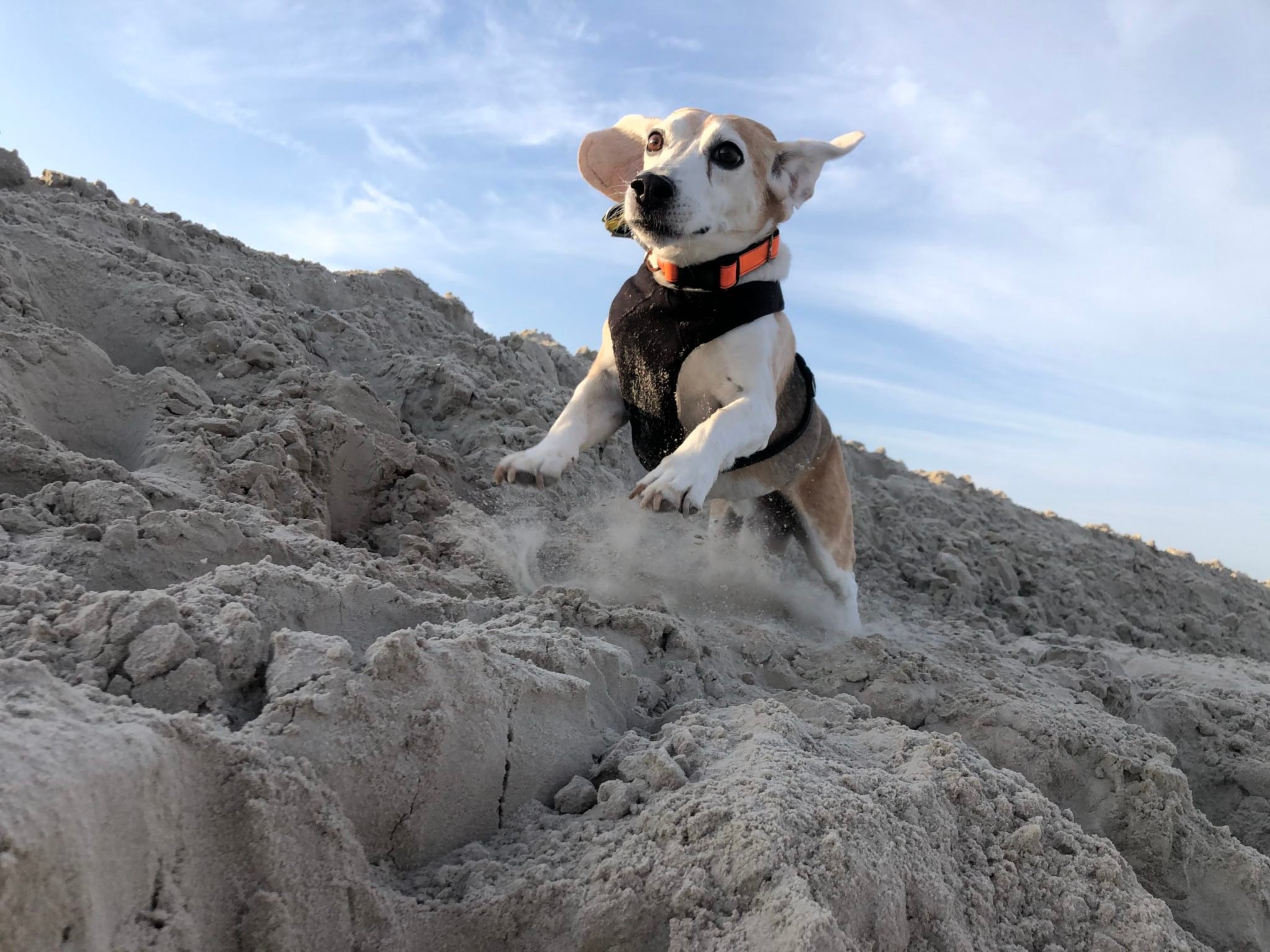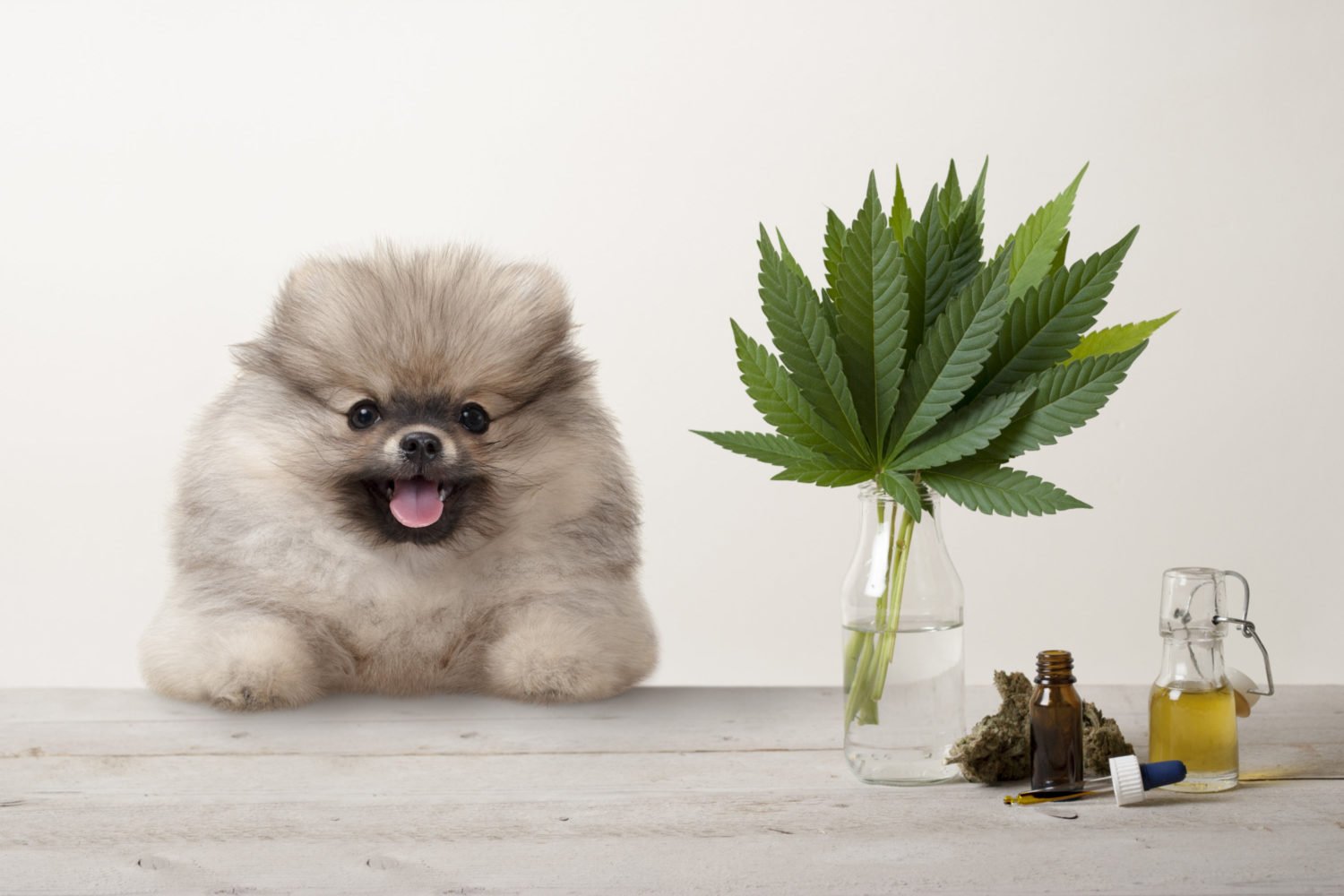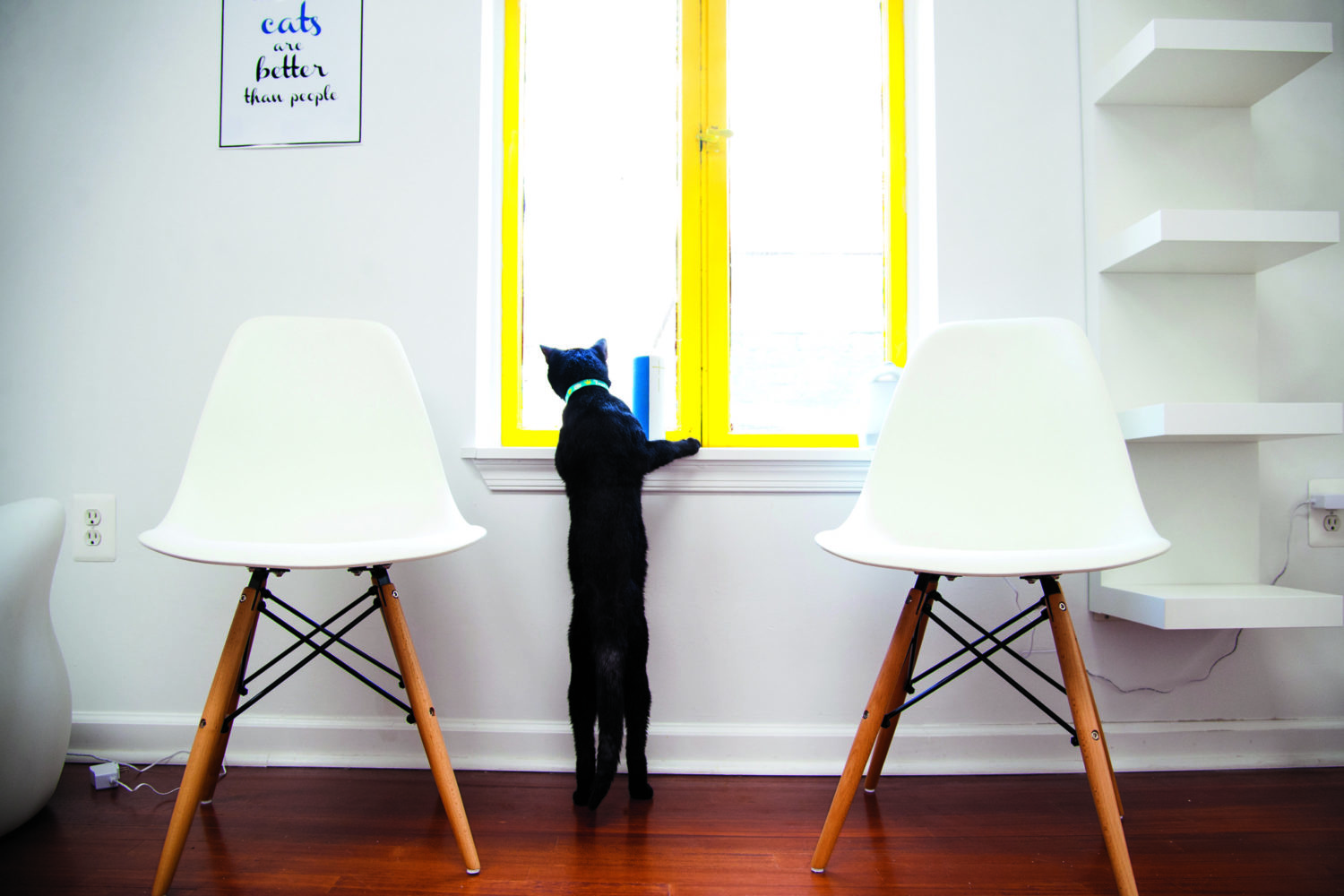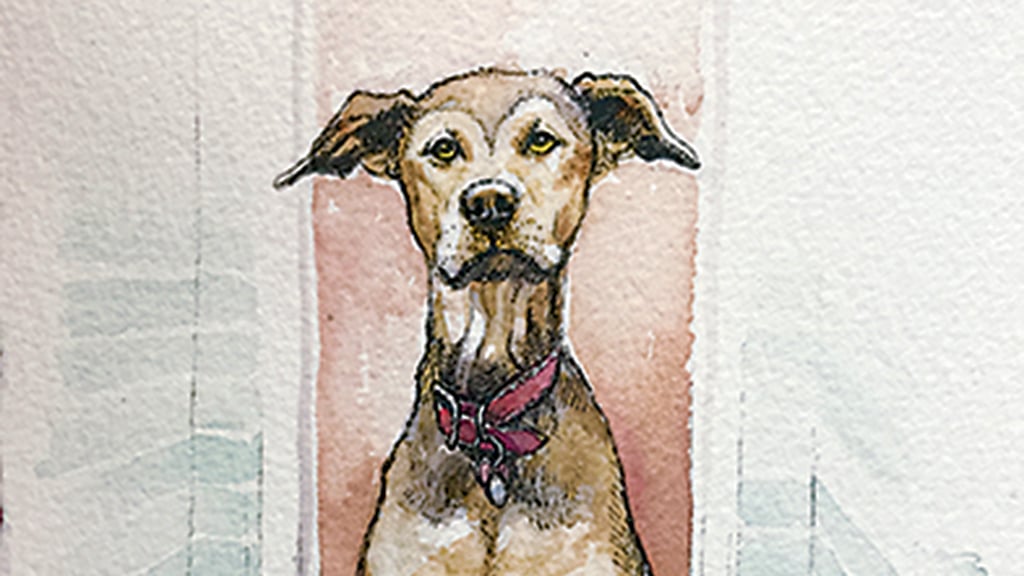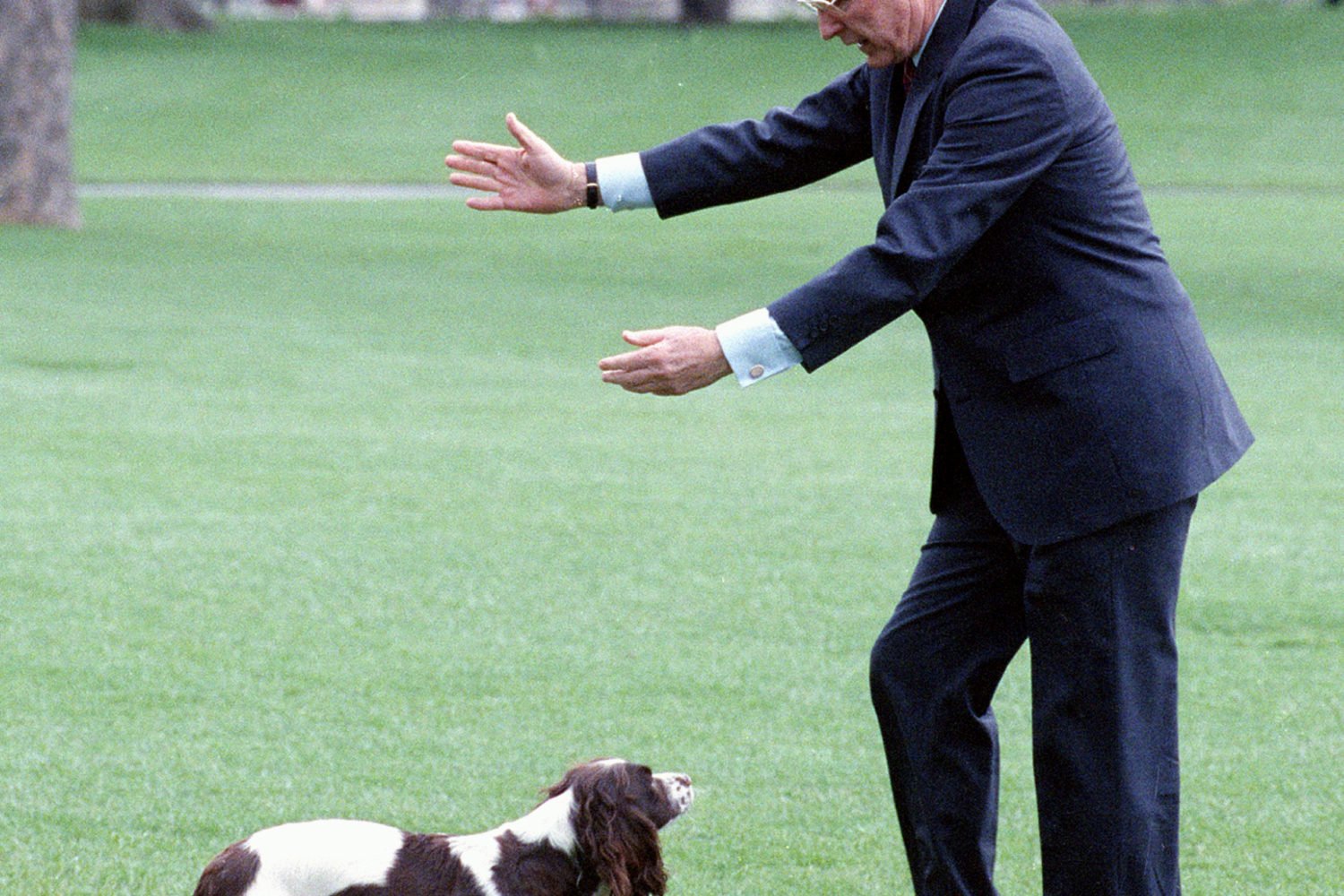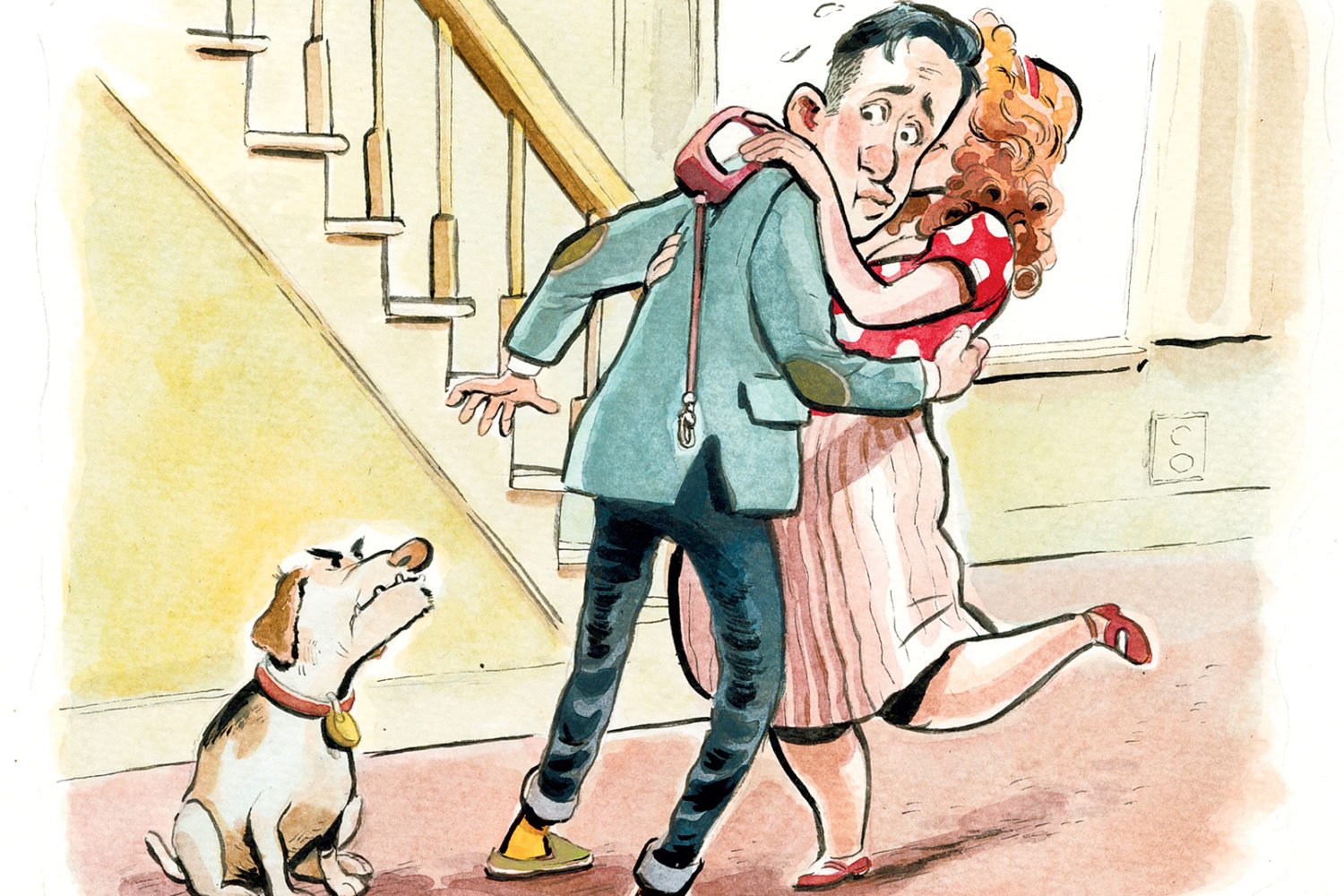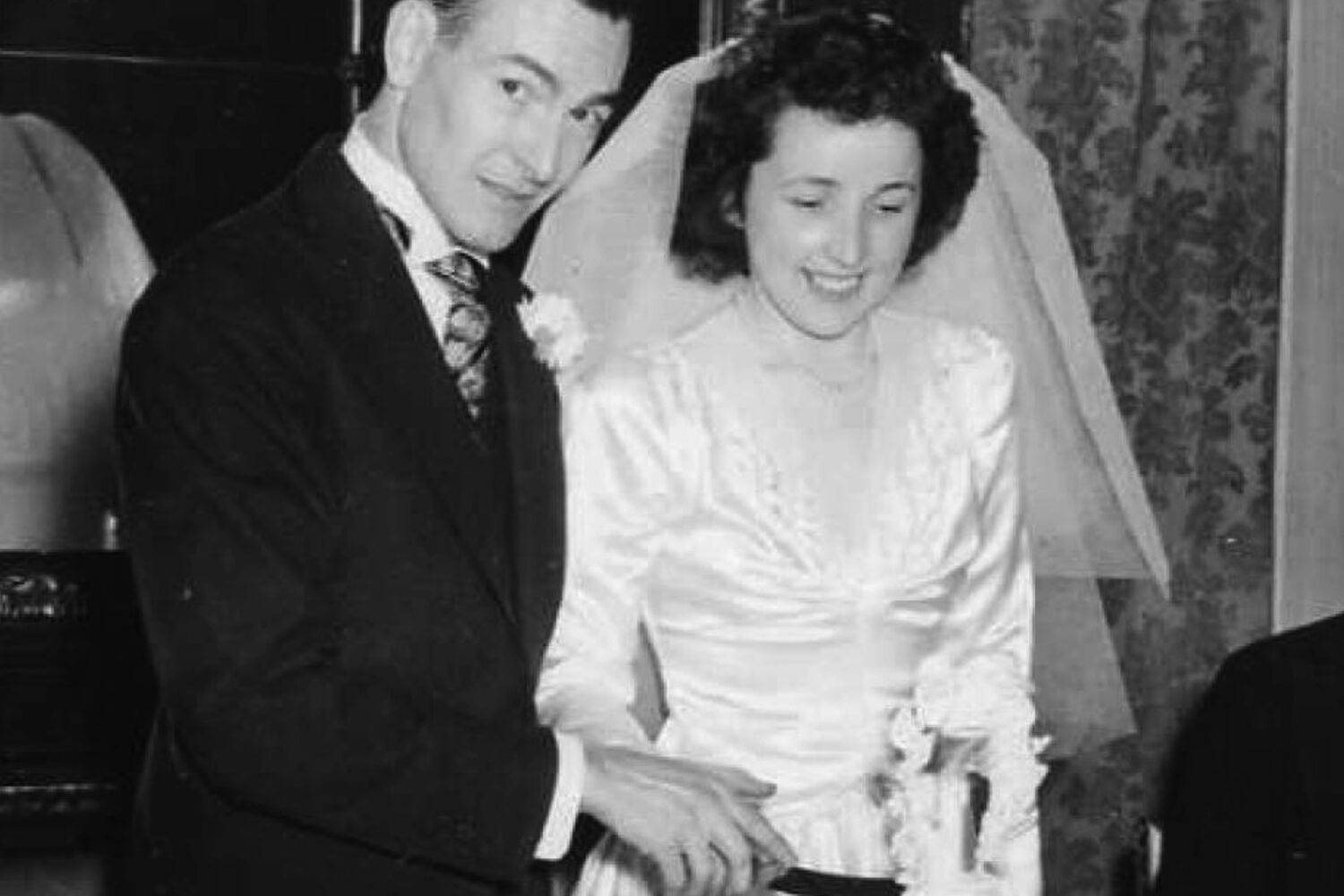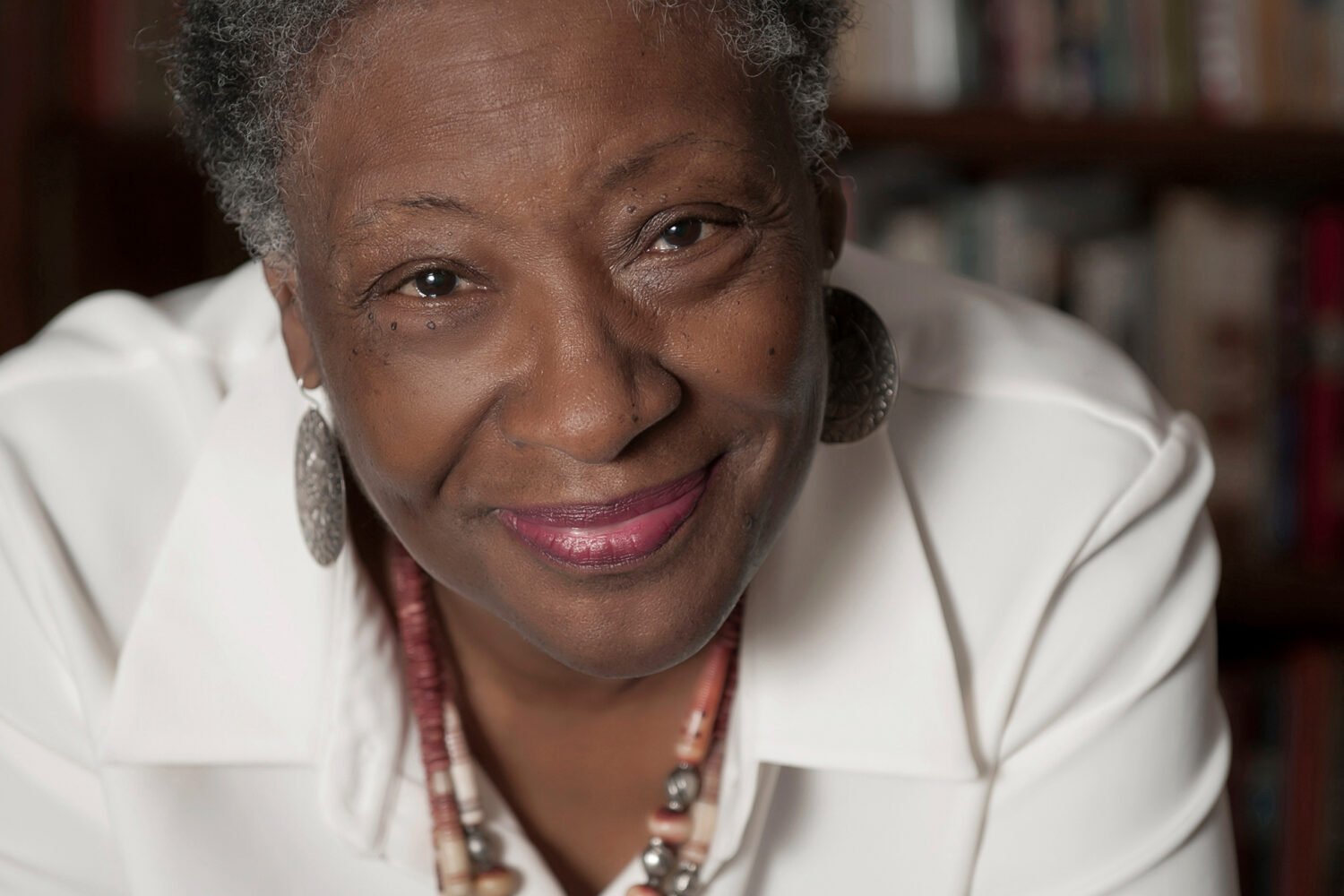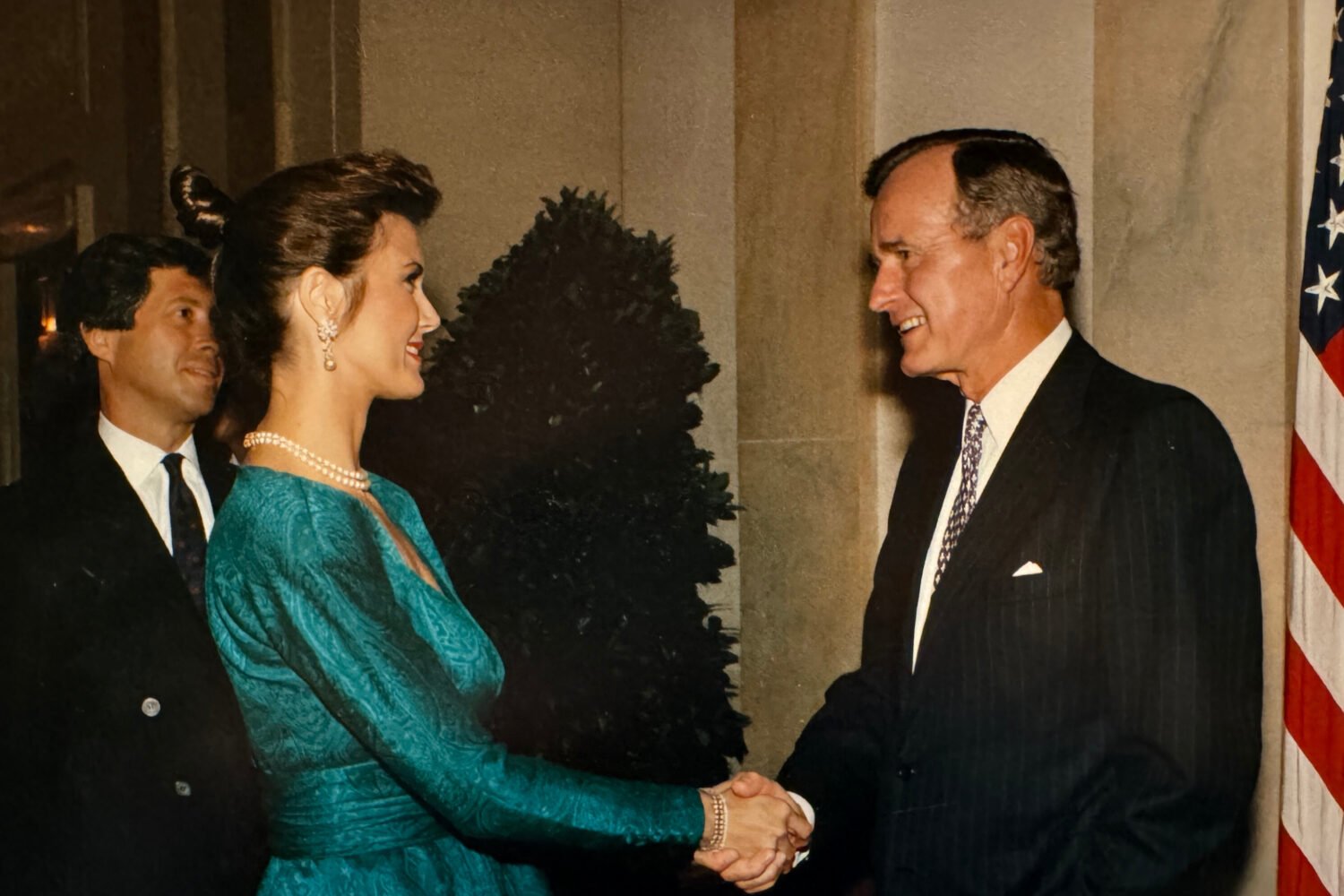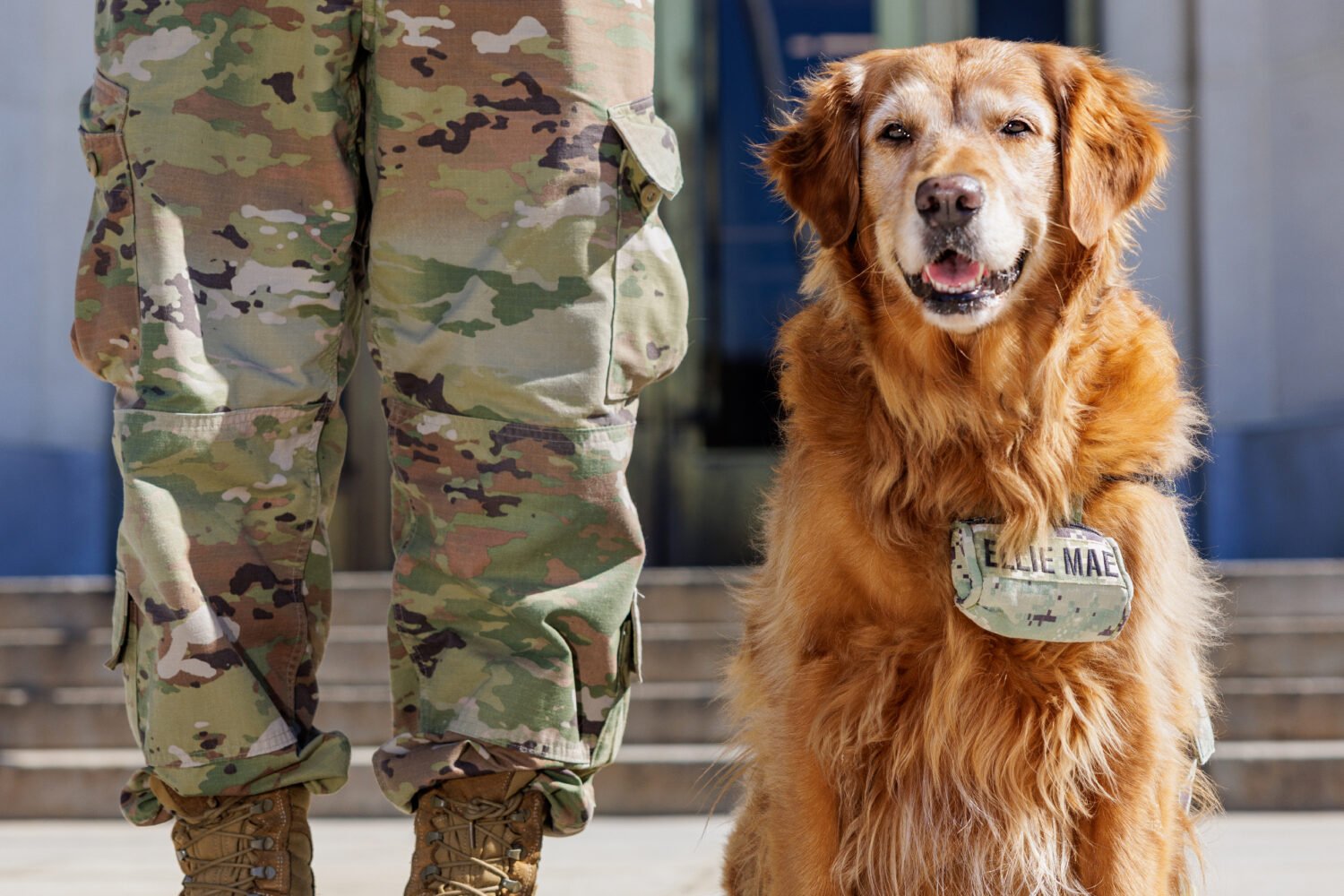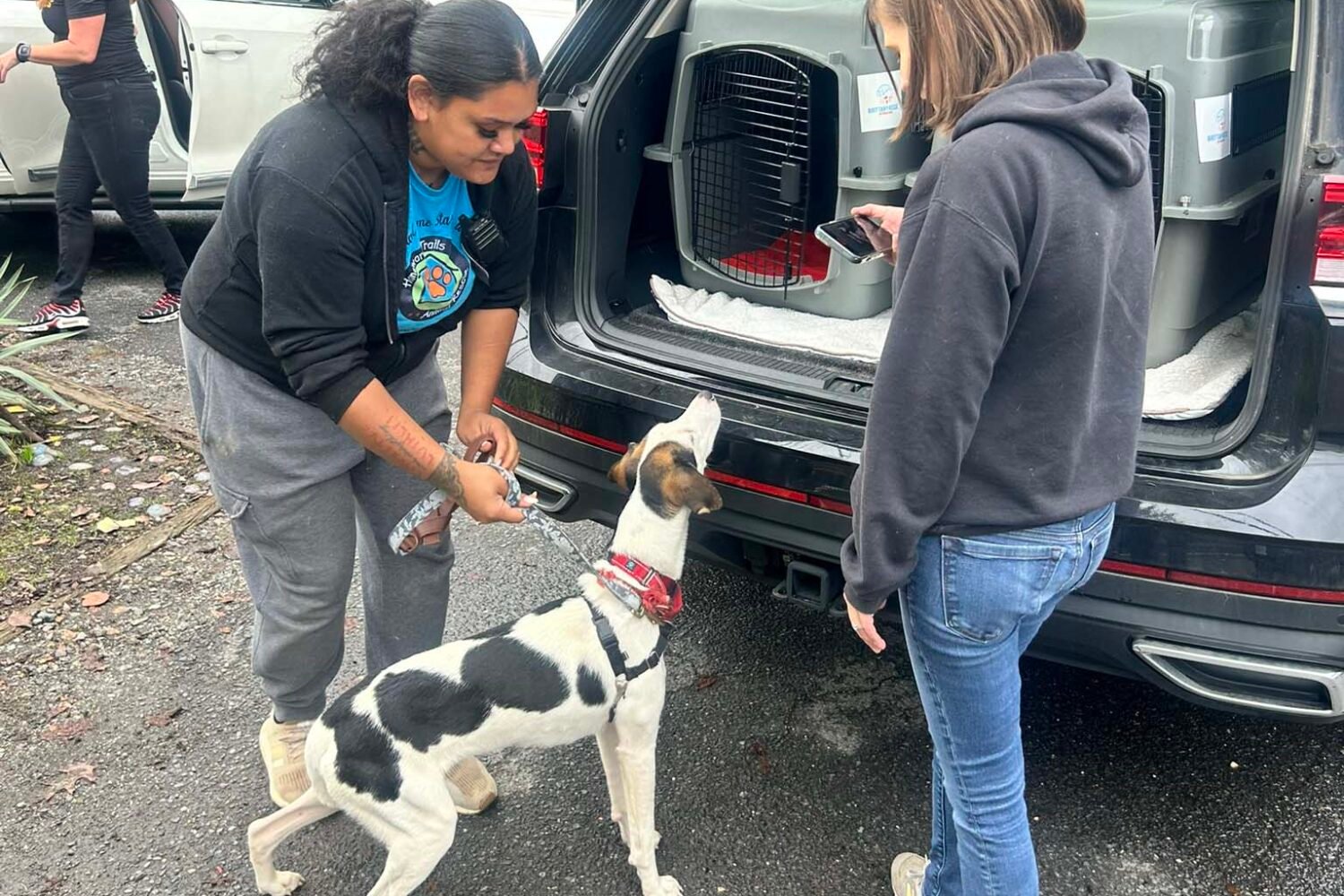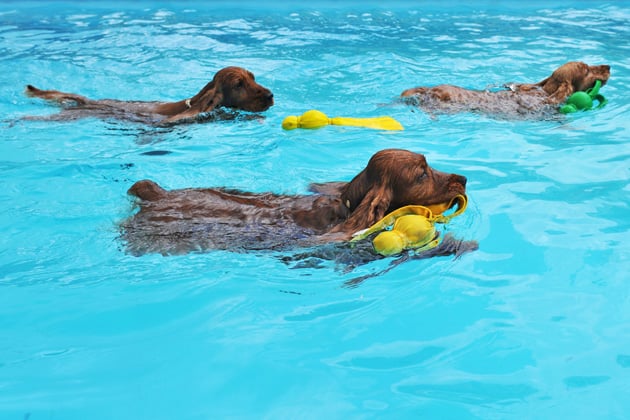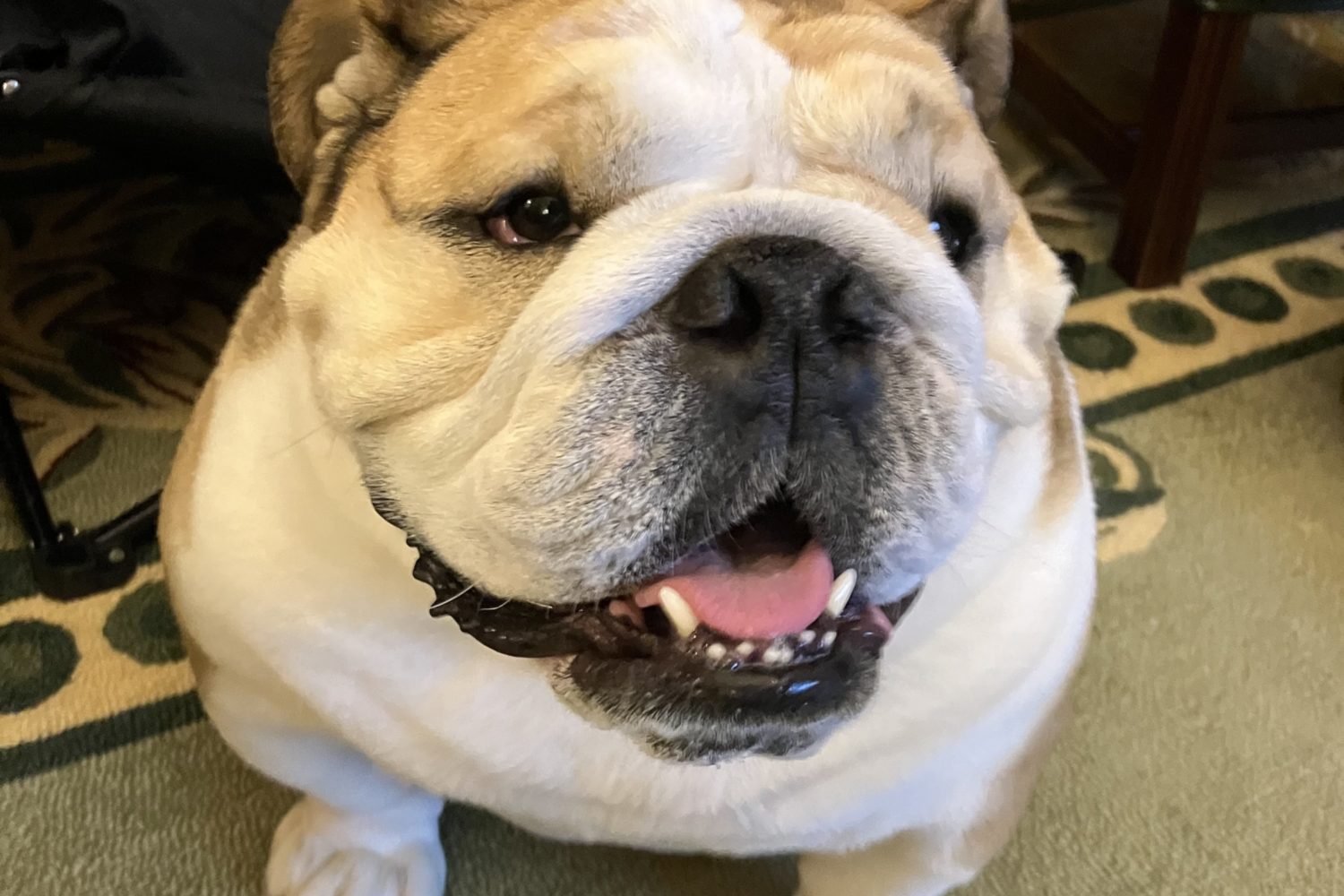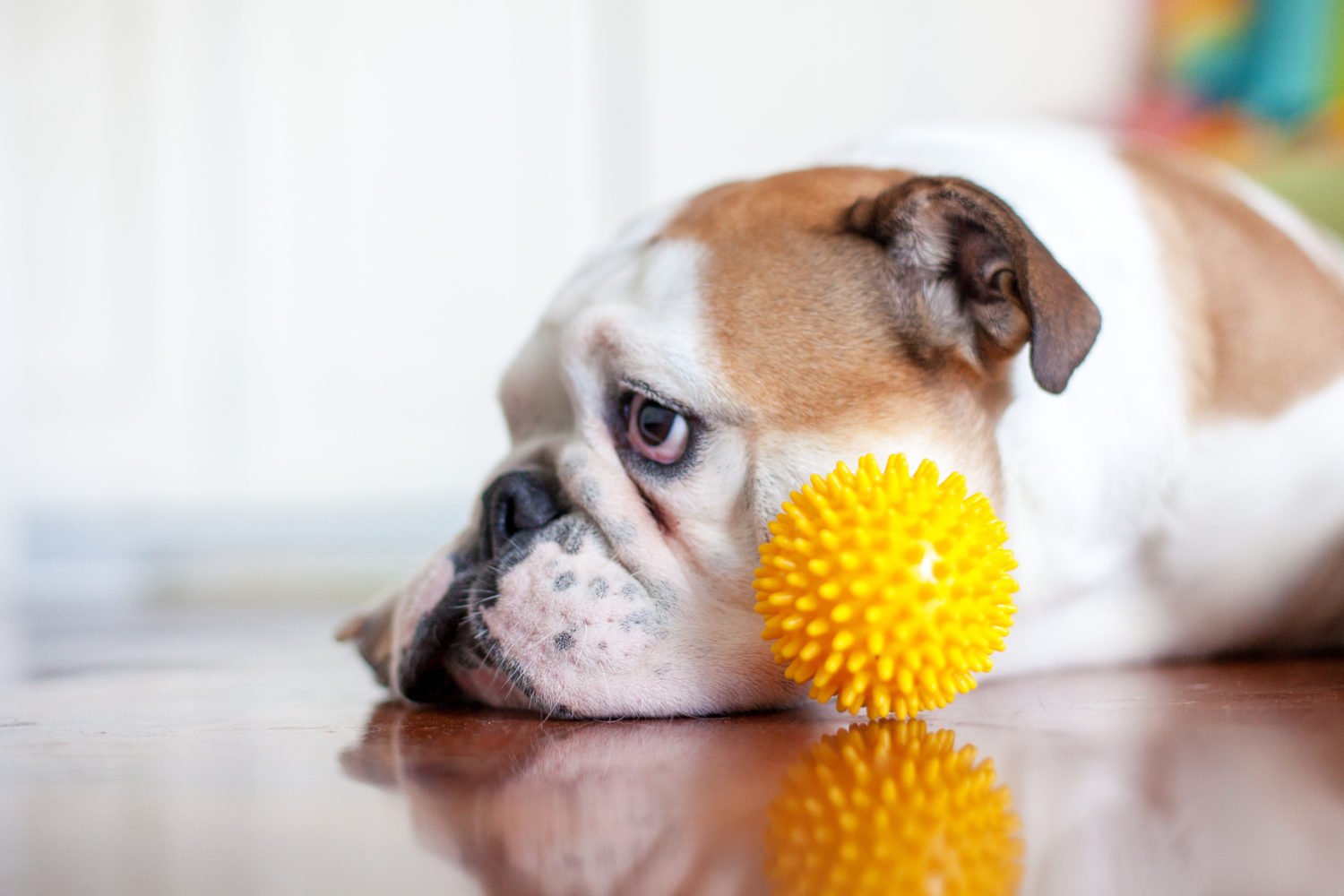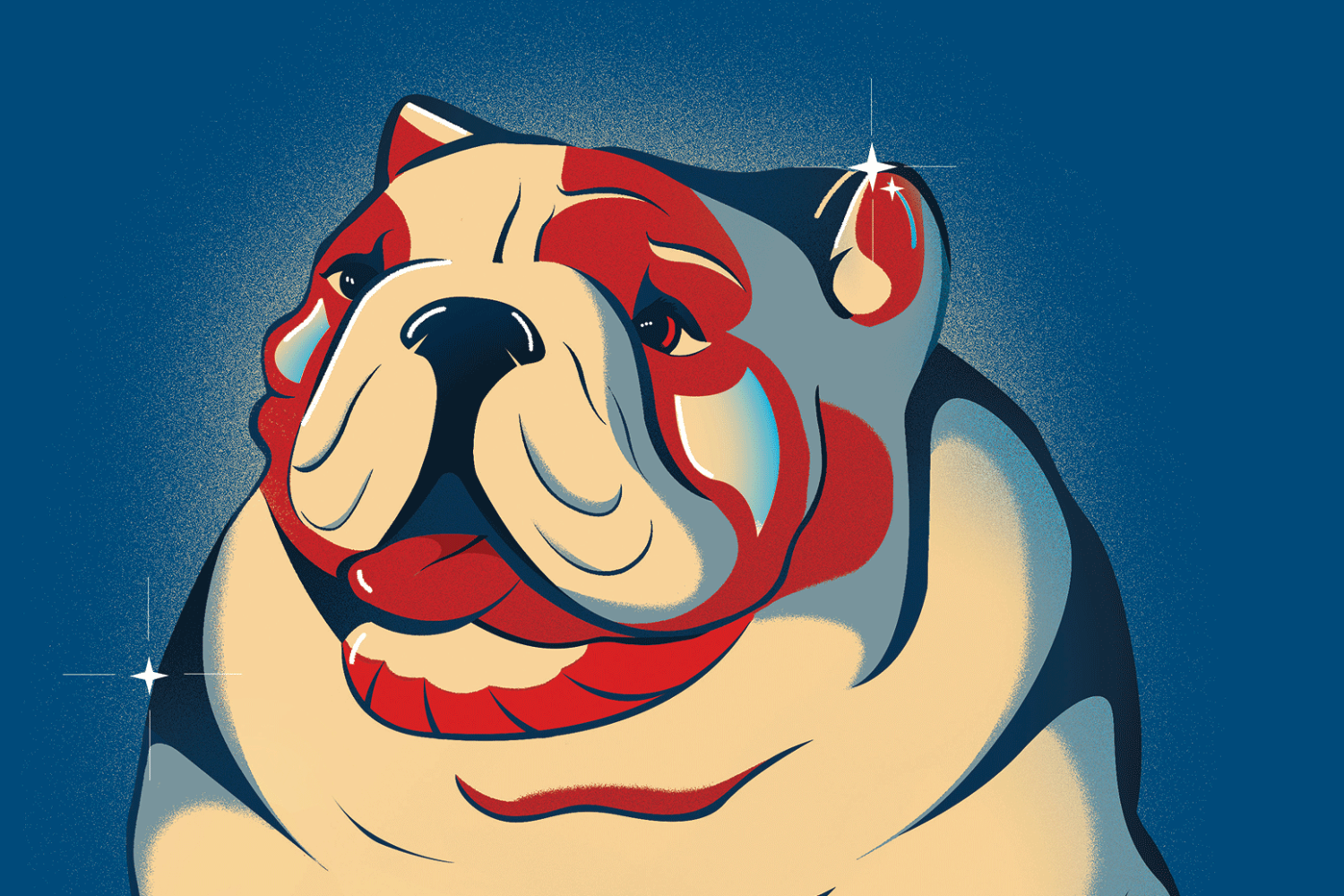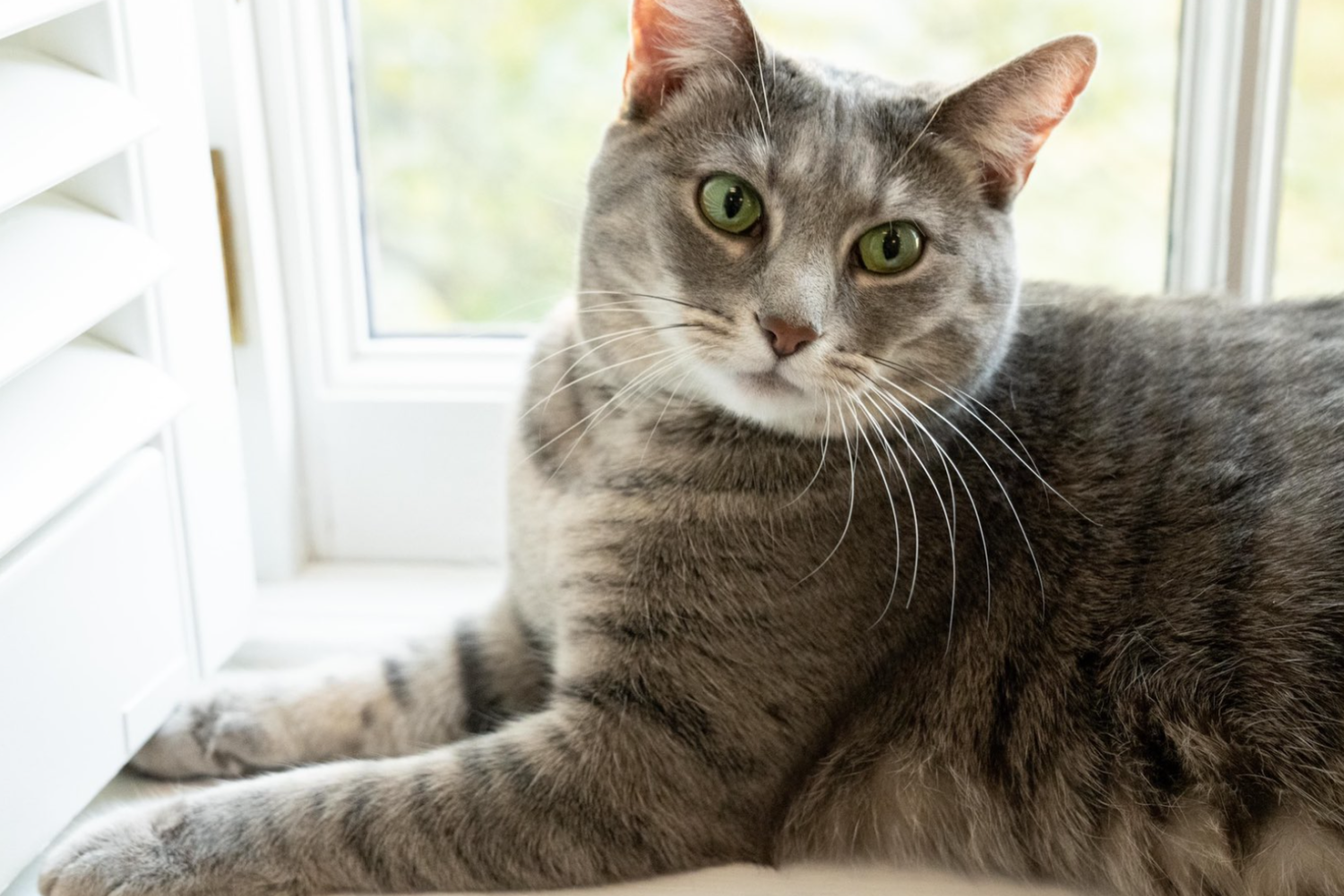In 2013, when I adopted my beagle Hammy, he was coming off four years of confinement—first in the Virginia breeding facility that was later bought by Envigo, and then in a laboratory, where he’d been an experimental subject. (In 2022, the Humane Society of the United States coordinated the transfer of some 4,000 beagles from Envigo. Washingtonian recently followed up with a half dozen of them who were adopted, as well as some of the people behind the rescue.) This past summer, I found out Hammy was the oldest known survivor of that breeding facility. He died on October 24 at age 14.
When I first brought Hammy home to Washington, I discovered he had immeasurably soft ears and a fear of nearly everything. I promised him a lifetime of adventure.
From my first Washingtonian article about him, in 2014, I heard from readers who felt a connection to his story. I went on to write dozens of pieces featuring Hammy and am now working on a book about him and other dogs used for research, testing, and education.
Over the last decade, Hammy developed a bit of a following. Some of his fans lived with rescue dogs who were just as fearful. Others had grown up with beagles. For a few years, Hammy accompanied me to work at Capitol Hill Books and sat in my office at the top of the stairs. Employee and artist Nora Simon drew a picture of the shop that became well known and continues to be printed on store bags. In it, a cartoon Hammy sits in the foreground.

Hammy was a gentle hound with a resolute bark, superhero nose, and independent streak. Even though I grew up as a pleaser, I told young Hammy, “You please me just as you are.” When he defied me—say, pulling in the opposite direction—I delighted in his newfound agency. When I entertained, he’d greet guests, then head up to our bedroom and bark, as if to remind me of our typically early-to-bed routine.
Road trips had always been part of my life rhythm, and they soon became part of his. In our first years together, I focused on helping Hammy heal while nudging him outside his comfort zone. He obliged when I asked him to test out bike trailers and travel accessories for articles. His confidence grew, and over time we visited 47 states. He dipped his paws into oceans, lakes, and rivers, often joining me for standup-paddleboarding. We overnighted inside a giant beagle in Idaho; a tiny-house hotel in Portland, Oregon; and a couple of Airstream trailers. We hiked, biked, glamped, and camped.
Our adventure closest to home was camping in my 11-foot-wide backyard in 2020 to spice up quarantine life. During those first pandemic months, Hammy and I visited 80 DC-area parks in 80 consecutive days. Later that year, I wrote about Dog Mountain, a site in Vermont where people celebrate and commemorate their dogs. Many readers emailed, sharing stories about pups loved and lost. Some wrote directly to Hammy.
But nothing compared to the response when I wrote about our road trips. My essay about John Steinbeck’s Travels With Charley prompted readers to share their own tales and inspired a few to head cross-country with their dogs. I corresponded with one woman who had quit her job in the 1970s to travel steerage on the QE2 with her West Highland terrier. An octogenarian confessed she’d lost hope of ever traveling coast to coast but said reading my article made her happy, “and I vicariously went with you . . . and Hammy.”
As Hammy’s face turned the white of wise dogs, we became inseparable. Research for my book took us around the country to meet activists, researchers, and ethicists; stay at a sanctuary for former lab animals; and visit laboratories dedicated to non-animal testing methods. When I interviewed folks by Zoom, I always introduced them to my little friend.
In Hammy’s last year, our adventures became shorter, but we kept hitting the road. Wherever we went, he found sunny spots and enjoyed running in the sand, eating alfresco, and jumping between hotel beds. At home, we spent as much time as possible in nature.
Now, in these unfamiliar days without Hammy’s soft patter and snappy howl, I’m the one who needs a little nudging. But I’m holding tight to what he taught me and others about resilience. And I know if he could prescribe a lifetime of adventure for me—as I did for him all those years ago—he would.
Melanie D.G. Kaplan’s book, Science & the Hound, will be published by Basic Books/Seal Press in 2025. Her website is melaniedgkaplan.com.

